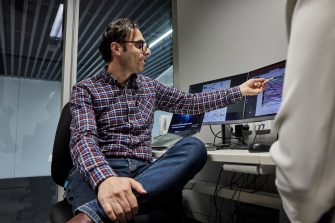Facilities

We have made significant investments in infrastructure to support the work of our research teams, from laboratories that enable the production of tissue-derived biomaterials, to facilities that allow for the prototyping of medical devices and surgical robots.


.cropimg.width=335.crop=basic.jpg)


